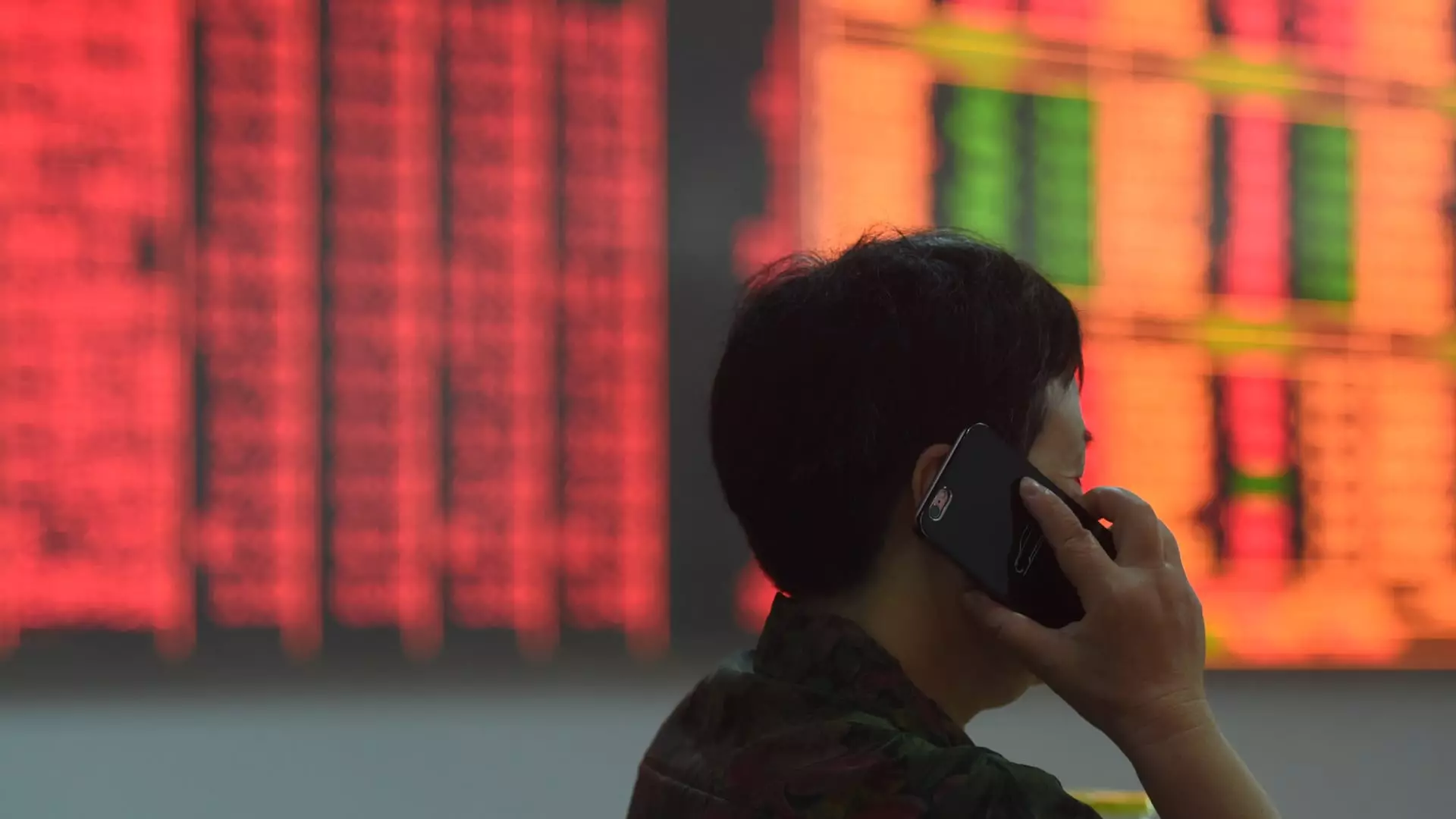On a historic Monday, Chinese stocks experienced their most significant rally in 16 years, a remarkable event underscoring a renewed sense of investor confidence. The Shanghai Composite Index ascended by an impressive 8.06%, marking its best performance since September 2008. This surge capped off a remarkable nine-day winning streak, concluding September with a total increase of 17.39%—the index’s first monthly gain in five months. For the Shenzhen Composite Index, the day was equally triumphant, with a 10.9% rise, highlighting its best performance since April 1996. The index’s monthly tally showed a stunning rise of 24.8%, a feat not seen since April 2007.
The bullish sentiment rippled across the Pacific, positively impacting related U.S. exchange-traded funds (ETFs). The KraneShares CSI China Internet ETF (KWEB) climbed 4.2%, while the iShares China Large-Cap ETF (FXI) saw a 2.2% increase. Concurrently, several U.S.-listed Chinese stocks mirrored this enthusiasm. Big names like Alibaba and JD.com reported gains of over 4% and 5.4%, respectively, while Bilibili and Kanzhun saw their shares surge by 9%. Futu Holdings, an online brokerage, even soared by 15%, reflecting the optimistic tide fueling investor behavior.
Central to this sudden market uplift were proactive measures taken by Beijing to stimulate the economy. Recently introduced economic stimulus packages, including interest rate cuts aimed at rejuvenating the ailing property sector, bolstered investor optimism. Highlighting the importance of these measures, state media reported that Chinese President Xi Jinping, along with his top leadership team, underscored their commitment to implementing these policies. These actions contribute to fostering a positive economic outlook and signal to investors that the government is determined to support market recovery.
Art Hogan, chief market strategist at B. Riley Securities, acknowledged these changes, stating, “While we don’t know for sure if there’s going to be enough to really kick the economy back into gear, it’s certainly the right first step.” This commentary reflects the cautious optimism among market experts who recognize that while the first steps are promising, assessing their long-term efficacy is crucial. Hogan further emphasized the need for investors to “quickly recalibrate their expectations,” illustrating the mixed approach that many investors might need to adopt during this transitional period.
The sentiment among U.S. investors has notably shifted post-stimulus, with billionaire hedge fund manager David Tepper expressing his overwhelmingly bullish stance on Chinese equities. Tepper’s strategic decision to invest heavily in China exemplifies a growing belief among investors that significant opportunities may lie in what was previously viewed as a precarious market. As investors worldwide reassess their strategies, the current state of the Chinese market could very well indicate a re-emergence of its significance on the global economic stage.
The recent surge in Chinese stock markets illustrates a pivotal moment, with economic stimulus efforts illuminating potential paths for recovery. The ensuing optimism among investors highlights both a renewed interest in Chinese equities and the complexities of global market dynamics.

